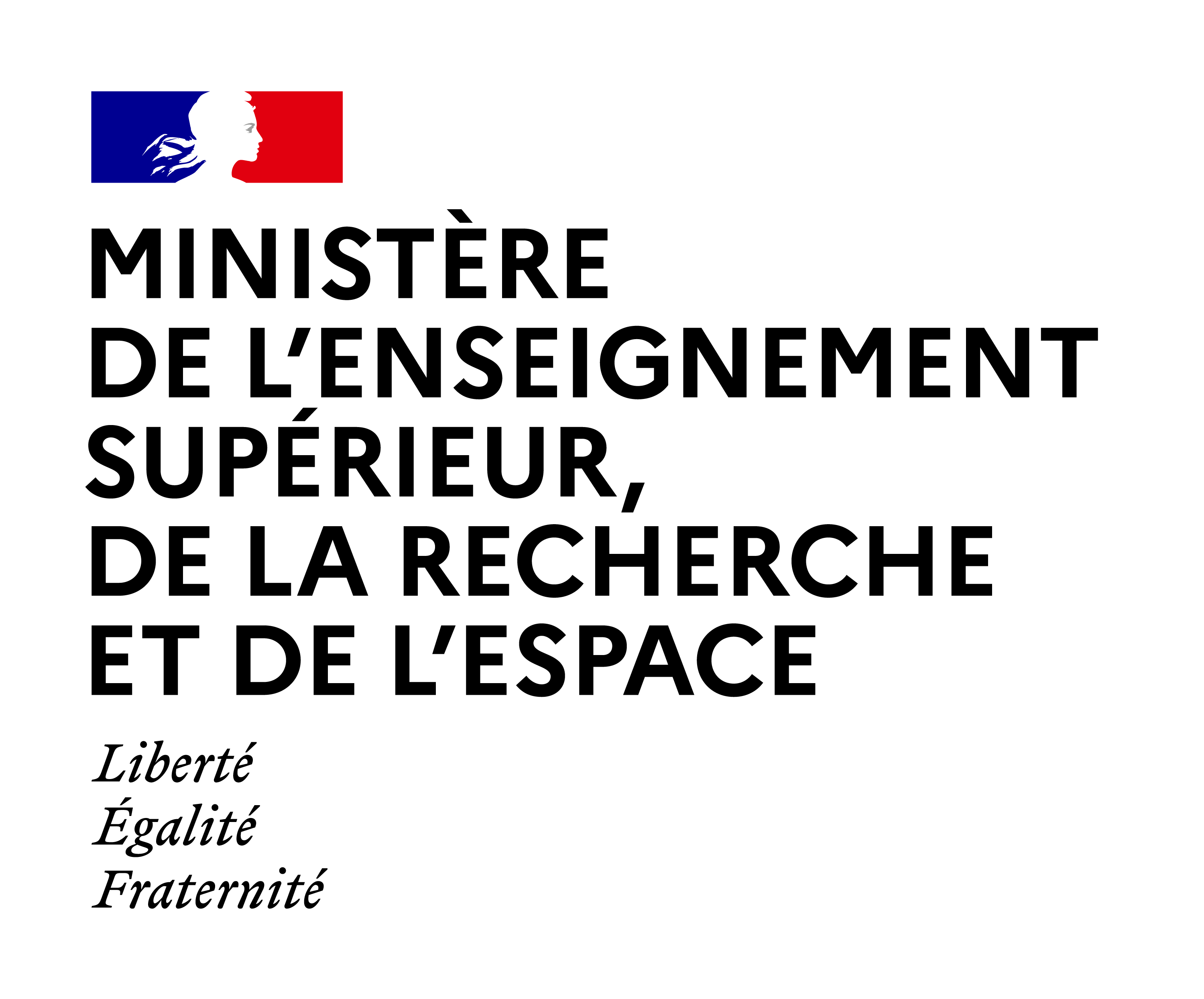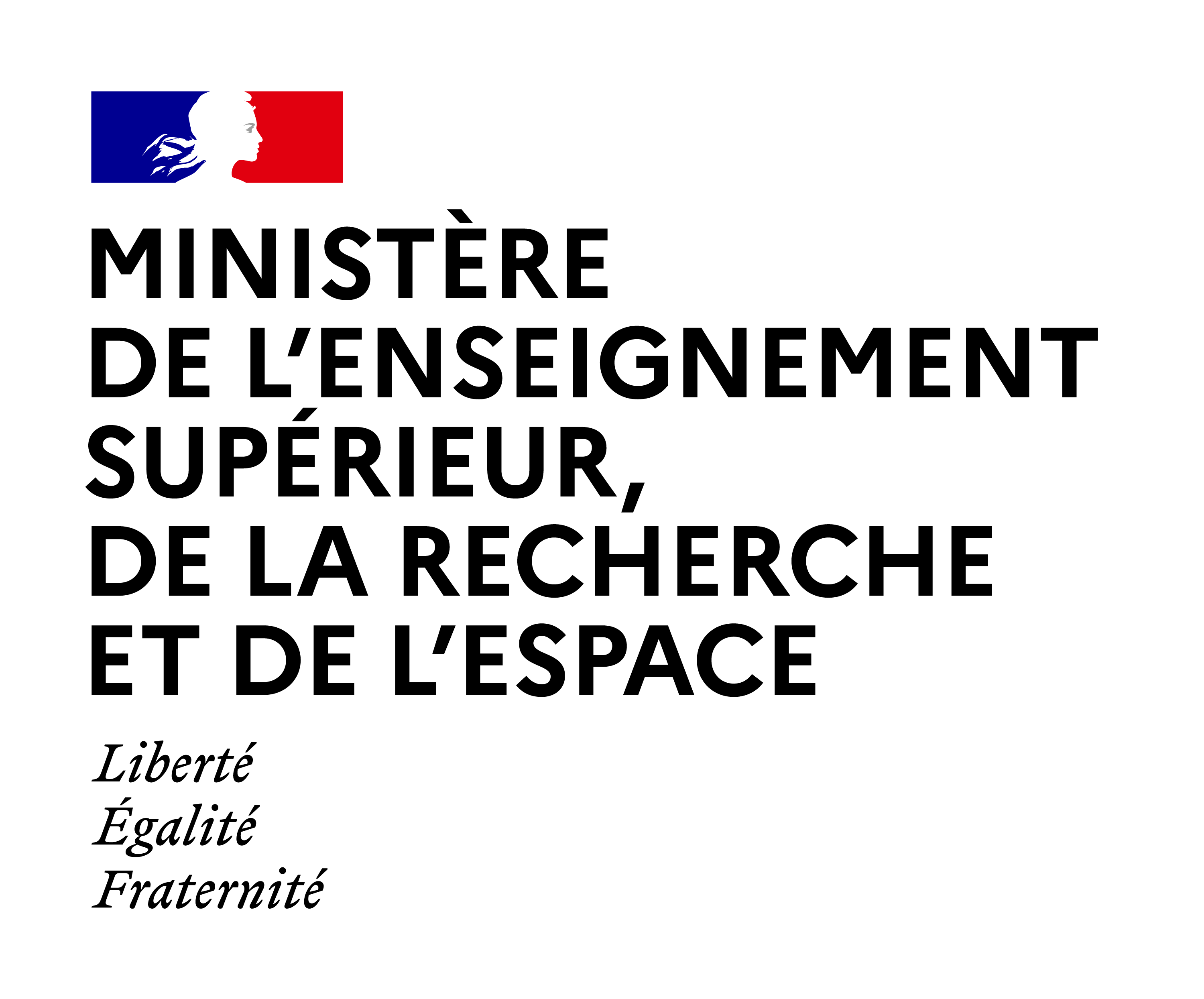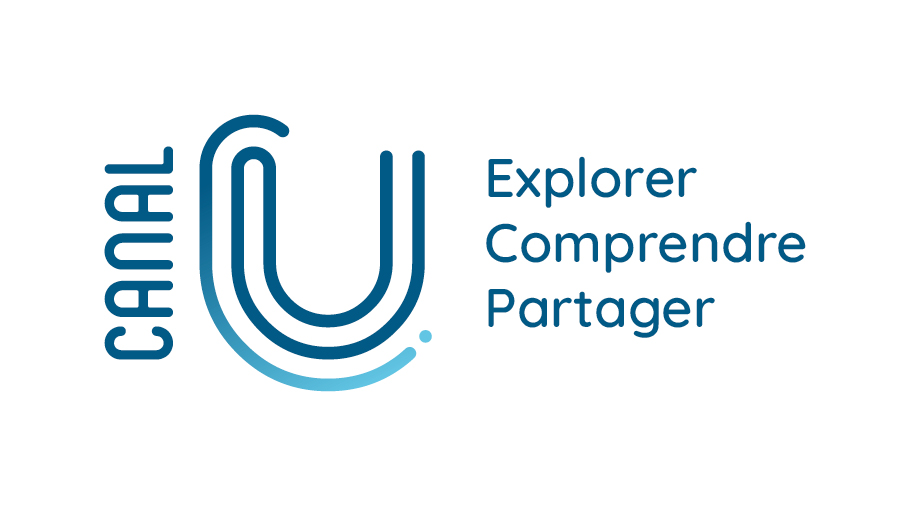
Sommaire
Territorial practices, landscape dynamics and mobilities in a french mountain / P. Allée, Y. MIras
Date de création :
09.10.2009Auteur(s) :
Philippe ALLEE, Yannick MIRASPrésentation
Informations pratiques
Droits réservés à l'éditeur et aux auteurs.
Description de la ressource
Résumé
Territorial practices, landscape dynamics and spatio-temporal mobilities in a french medium mountain : integrated approach combining archaeological and paleoecological inverstigations performed in the Cantal massif and the mount Lozère (French Massif Central). Philppe ALLÉE et Yannick MIRAS. In "La construction des territoires montagnards : exploitation des ressources et mobilité des pratiques", 2e International Workshop on archaeology of european mountain landscape, organisé par les laboratoires GEODE, FRAMESPA, GEOLAB et Chrono-Environnement. Université Toulouse 2-Le Mirail, 8-11 octobre 2009. [seconde journée]. Two integrated archaeological and palaeoenvironmental research programs have been carried out since 2000 in the French Massif Central at a high spatial and temporal resolution in order to achieve a better understanding of the environmental/anthropogenic interactions in different medium mountain ecosystems ranging from 1000 m to 1600 m a.s.l. from the Mid-Holocene to the end of Modern Times. The data presented here offer the opportunity to examine the long term shaping of two different cultural landscapes. The first one is the volcanic southern “planèze” of the Plomb du Cantal, in the heart of the Massif Central, and whose continental climate is particularly harsh and where heavy snow and rainfall underlines a pronounced oceanic tendency. This zone is also characterized by rich and fertile volcanic soils, though no mineral resources (flint, ore) are available. The second one is the crystalline area of the Mont Lozère, in the east-southern Massif Central. Its mountain climate is noticeably influenced by Mediterranean conditions and mineral resources are abundant and consist mainly in silver. The strength of carrying the same pluridisciplinar approach in these two different socio-environmental contexts lies in providing a higher degree of landscape variabilities and a larger range of available natural resources. It allows thus a comparative reconstruction of the complex land-use models developed throughout the Holocene by human societies and the triggers of their dynamics (climate vs socioeconomic transformations). It better questions the heterogeneity and the complementarities in the management of these mountain spaces (agropastoralism, forest exploitation, coal production, and metallurgy). Although alpine vegetation belt is totally absent in the whole French Massif central, the data presented argue in favour of gradual and differential altitudinal gradients of human practices which fluctuate throughout time, particularly the altitudinal limit for cereal growth and the summer grazing activity. Even if these medium mountain areas must be considered as complex landscapes shaped during a long term land-use history marked by important common thresholds, different chronological patterns and spatial land-use distribution start to be formulated at a micro-regional scale suggesting other gradient of explanation than altitude and, combining to cultural data (social, demographic, politic, system of commercial exchange, ritualistic and symbolic aspects etc.), explaining the construction of these mountain territories.
"Domaine(s)" et indice(s) Dewey
- Archéologie et préhistoire (930.1)
Domaine(s)
- Histoire, Histoire de l'art, Archéologie
Intervenants, édition et diffusion
Intervenants
Édition
- Université Toulouse II-Le Mirail SCPAM
Diffusion
Document(s) annexe(s)
- Cette ressource fait partie de
Fiche technique
- LOMv1.0
- LOMFRv1.0
- Voir la fiche XML




